Photos: The Year in Protests
In 2019, dozens of protests erupted throughout the world, such as in Hong Kong and Iran. See what triggered the events and what has changed.
Protesters around the world demanded change this year. While most protests were sparked by local issues, such as rising fuel prices or dissatisfaction with a leader, there were commonalities. Demonstrators shared many of the same grievances, including over economic inequality, corruption, and poor governance.
“People across the board are generally pushing to have their voices heard, and they feel like their current political systems have not been responsive,” Saskia Brechenmacher of the Carnegie Endowment for International Peace told CFR. “So they’re trying to use other channels, such as protesting, to make a difference.”
Dominated by young people and largely leaderless, the protests have had varying degrees of success, and many of them continue today.
France: The Yellow Vests

Peak participation. More than 250,000 people on November 17, 2018.
The spark. An increase in fuel taxes.
The stakes. Many of the demonstrators had worried about the tax increase in late 2018 because they have to drive long distances for work, highlighting economic inequality between urban and rural communities. The protesters, who were at the center of what became known as the Yellow Vests movement, initially wanted the government to withdraw the proposed hike. Eventually, they also called for higher wages, reforms to address inequality, and the resignation of President Emmanuel Macron.

The status. In April 2019, the government canceled the fuel tax increase and announced tax cuts for the middle class. The protesters called for more reforms, but they struggled to maintain momentum, with many disagreeing over how to force change. Yellow Vest candidates garnered less than 1 percent of votes in European Parliament elections the following month.
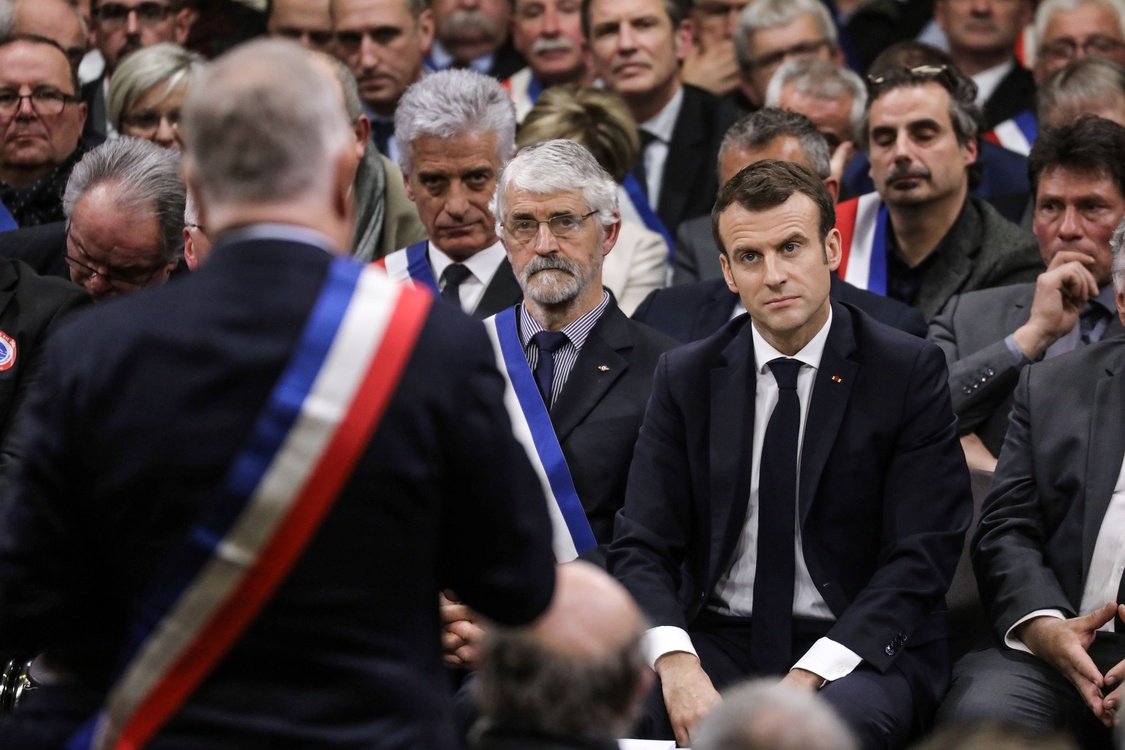
“It is fundamentally an anti-elite, anti-establishment movement. It is also very much a visibility movement, a movement of people who are saying: I want to be seen and heard.” —Celia Belin, Brookings Institution Visiting Fellow
Venezuela: State Collapse
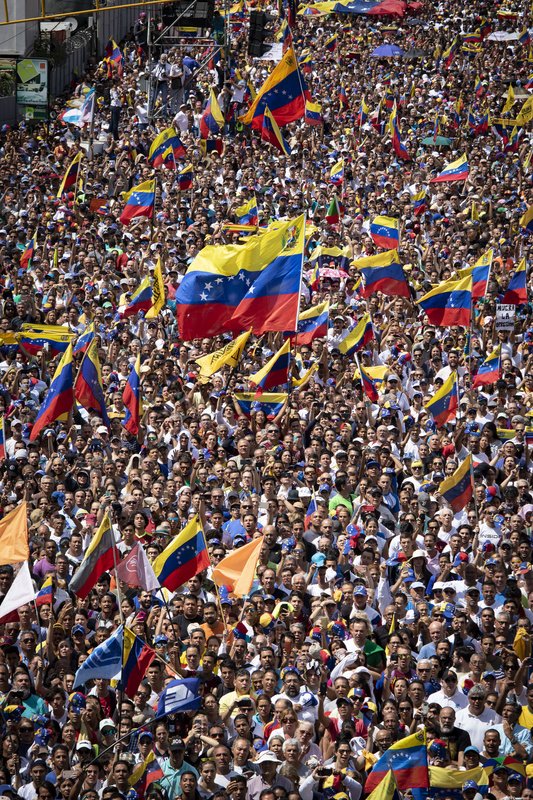
Peak participation. Tens of thousands of people on January 23.
The spark. Opposition leader Juan Guaido challenges President Nicolas Maduro after Maduro is sworn in for a second term in January.
The stakes. Since he took office in 2013, Maduro has worked to consolidate his political power. Under his rule, Venezuela has suffered from a humanitarian crisis that has included extremely high inflation, severe food and medicine shortages, and soaring crime rates. An estimated 4.5 million people have left the country. Guaido’s supporters want Maduro to step down, and Guaido has said that, if his leadership challenge succeeds, his government will hold elections within a year.

The status. Maduro remains in power with security forces largely still loyal to him and with support from Cuba, Russia, and Turkey. Guaido, recognized as the interim president by about fifty countries including the United States, continues to call his supporters to protest in the streets. Talks between the two sides have so far failed.
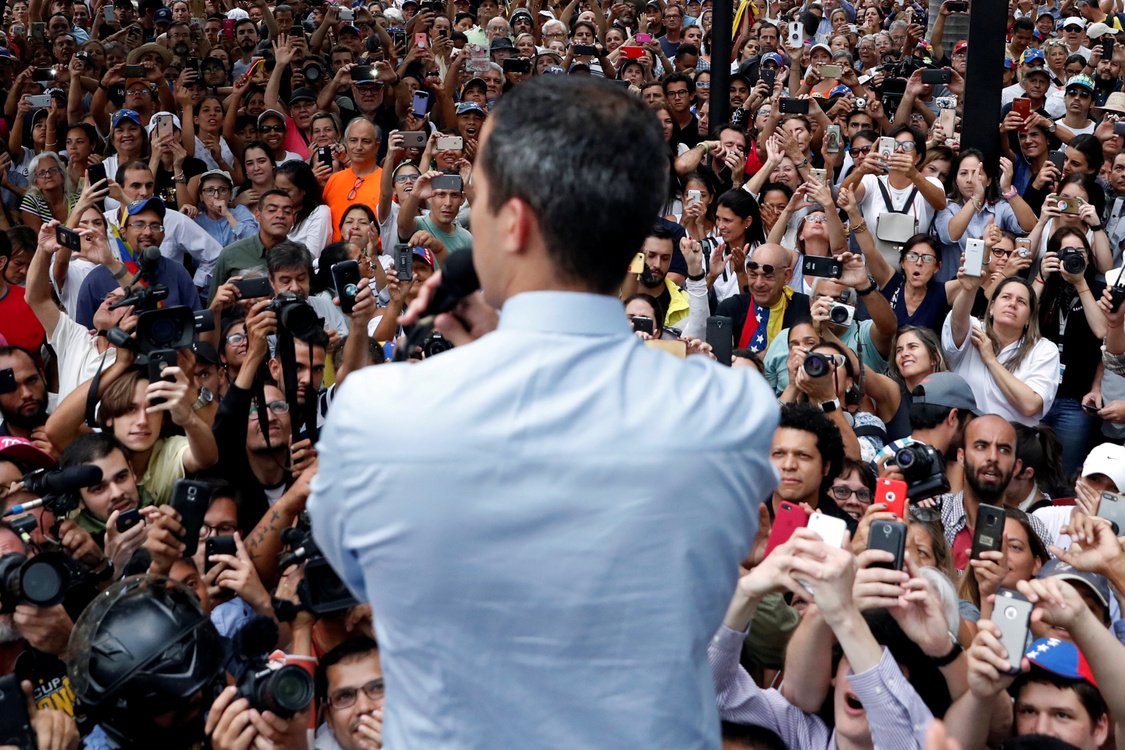
“Past efforts for change in Venezuela foundered on divisions within the domestic opposition and the international community. Today’s consensus in and out of the country offers the best chance of bringing democracy back, but not if the U.S. breaks it.” —Shannon K. O’Neil, Senior Fellow
Algeria: Changing of the Old Guard?
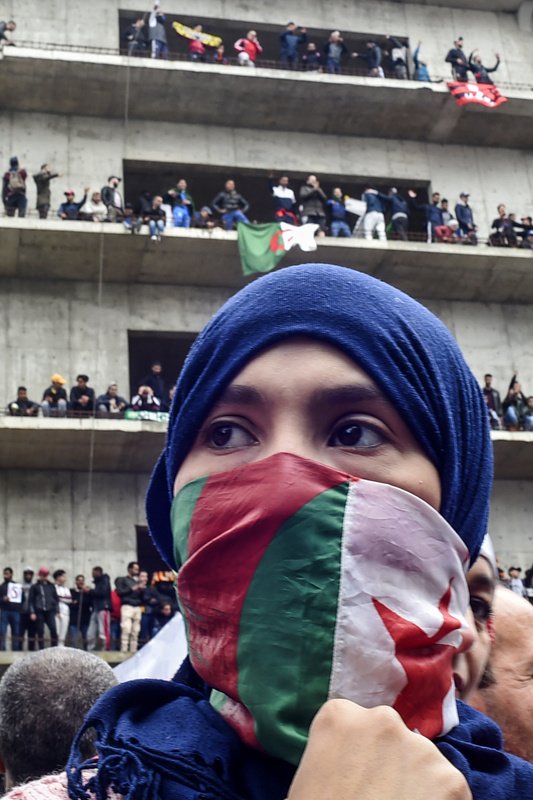
Peak participation. Up to eight hundred thousand people on February 22.
The spark. President Abdelaziz Bouteflika, who held office since 1999, announced that he would run for a fifth term.
The stakes. Protesters believed the ailing Bouteflika was a figurehead, with Algeria being largely ruled by powerful army chiefs, politicians, and business elites since its 1962 independence. Bouteflika resigned in April, following six weeks of protests. But protesters now call for massive political reforms, and the ruling elite have yet to step aside.

The status. Many protesters boycotted the December election to choose Bouteflika’s successor and demanded that more be done to address corruption and that army elites get out of government, including Army Chief of Staff Ahmed Gaid Salah. Former Prime Minister Abdelmadjid Tebboune, seen as the military’s preferred candidate, won the election.
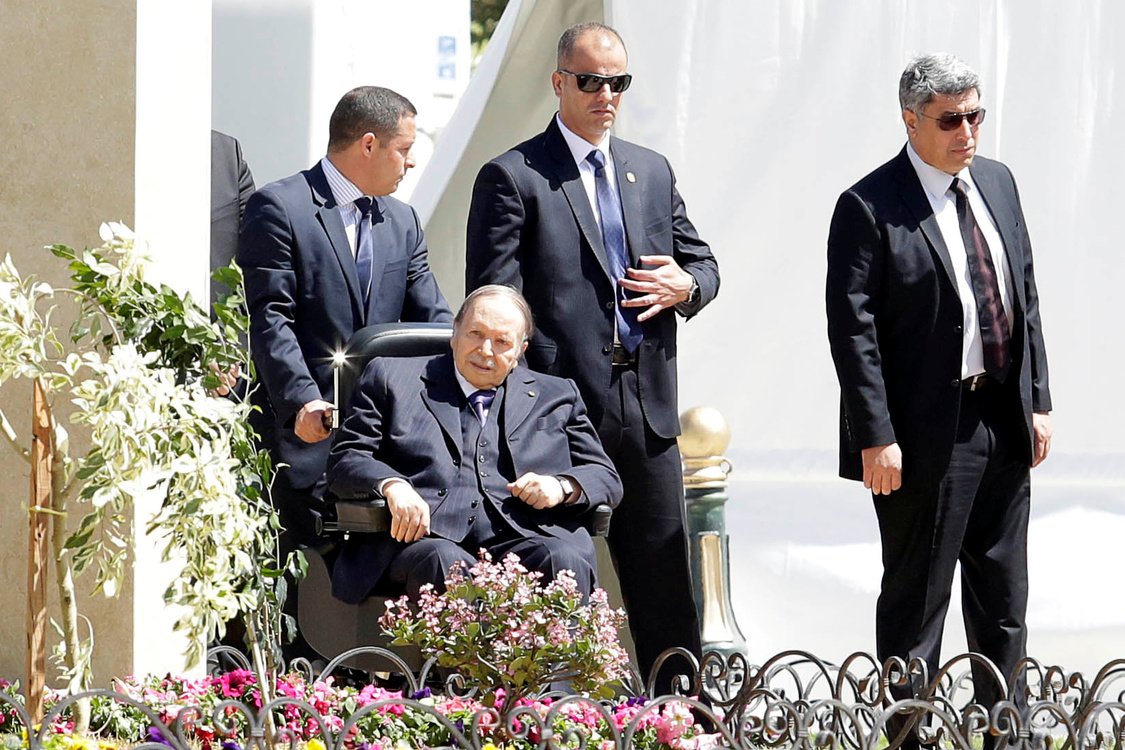
“Revolutions entail the simultaneous overthrow of a mutually reinforcing political and social order. That has not happened in Algeria. It may yet, but until it does the political advantage lies with the existing elite who control the guns and, importantly, the means to use the institutions of the state against their opponents.” —Steven A. Cook, Senior Fellow
Sudan: A Dictator Departs

Peak participation. Tens of thousands of people on June 30.
The spark. The government reduced subsidies for fuel and bread in December 2018.
The stakes. Sudan had suffered from economic woes that included inflation and high youth unemployment under President Omar al-Bashir, who had been in power for thirty years and oversaw one of Africa’s most repressive states. Bashir’s resignation in April 2019, following demands by protesters and military commanders, set off a tumultuous clash over new leadership. A transitional military council took over, but demonstrators demanded the transfer of power to civilian rule.

The status. In August, the military council and protest leaders agreed to create a joint military-civilian council that will run the country for three years, at which point a new election will be held. The swearing in of Prime Minister Abdalla Hamdok marked a major shift for a country that has been dominated by military regimes since its independence. In December, Bashir was sentenced to two years in detention for corruption. Human rights organizations report that more than one hundred people were killed during the protests, likely many of them by Sudan’s intelligence agency.

“Lasting stability and growth in Sudan requires structural reform and a response to popular demands for a new basis of political legitimacy.” —Michelle Gavin, Senior Fellow
Hong Kong: The Fight for Democracy

Peak participation. Two million people on June 16.
The spark. A bill proposed in March that would have allowed extraditions to mainland China.
The stakes. Hong Kong was guaranteed certain democratic freedoms and some autonomy from mainland China during the handover from the United Kingdom in 1997. But many in Hong Kong fear they could lose those freedoms as Beijing tightens its grip over the city. Protesters’ demands include electoral reforms and amnesty for arrested demonstrators. Some are also calling for Chief Executive Carrie Lam to resign. The protests pose a challenge for Chinese President Xi Jinping over whether to respond with force, and risk harming Beijing’s international image, or give in to protesters’ demands.

The status. The Hong Kong government withdrew the extradition bill in October. But protests have continued, with some becoming violent. At least five thousand people have been arrested and hundreds of others injured. Some experts fear that Beijing could send its troops into the city. The United States has also become involved, with President Donald J. Trump signing a law that mandates sanctions on Chinese officials for human rights abuses.
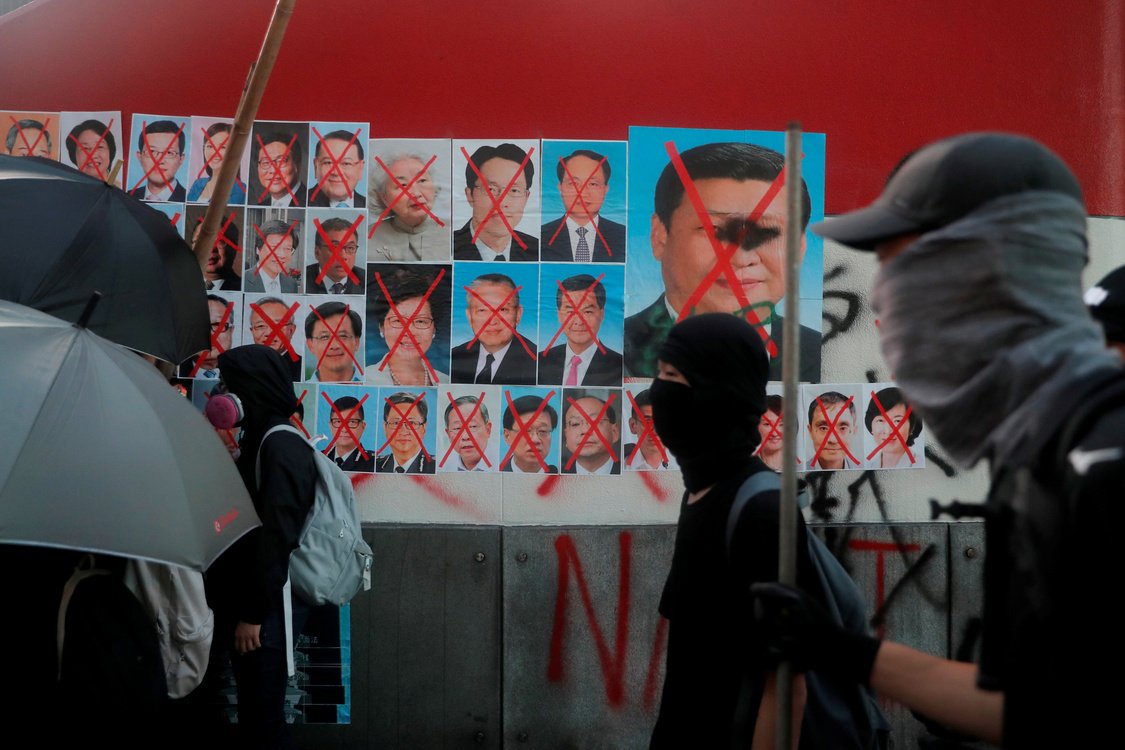
“Beijing knows that military repression in Hong Kong would be even more disastrous to its international relations than the 1989 Tiananmen Square massacre. Yet it will use force if necessary.” —Jerome A. Cohen, Adjunct Senior Fellow
Puerto Rico: Island in a Storm
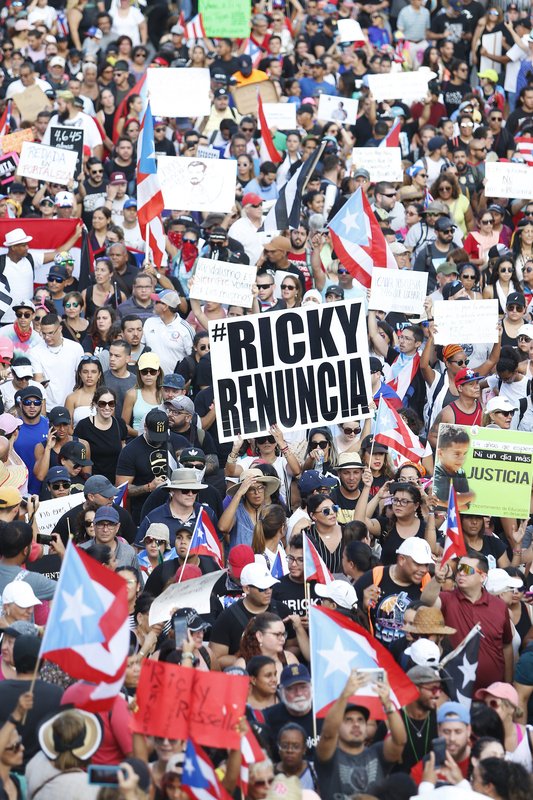
Peak participation. 1.1 million people on July 24.
The spark. A leak in July of text messages in which Governor Ricardo Rossello used vulgar, homophobic, and sexist language and made light of people who died in Hurricane Maria’s wake in 2017.
The stakes. The island suffers from a severe debt crisis—it filed for the biggest U.S. municipal bankruptcy ever in 2016—and recession that has continued for more than a decade. Hurricane Maria exacerbated problems, and many Puerto Ricans criticized the government’s response to the disaster, accusing top officials of mishandling recovery funds. Protesters saw the texts as evidence that their elected leaders would not be able to get Puerto Rico out of its economic crisis and lacked empathy for citizens.

The status. Rossello stepped down in August. By law, Puerto Rico’s secretary of state should have replaced him, but he also resigned, along with more than a dozen other officials, because of his involvement in the scandal. Wanda Vazquez, the secretary of justice, was eventually sworn in as interim governor, and a new election is set for November 2020.

“Puerto Rico’s economy is currently benefiting from the disaster and recovery spending approved after Maria. But that funding will run out—so we more or less know that Puerto Rico faces a significant negative economic shock over the next ten to fifteen years.” —Brad W. Setser, Senior Fellow
Climate Protests: Marching for the Planet

Peak participation. Four million people worldwide on September 20.
The spark. A worsening climate crisis.
The stakes. The predominately young protesters, including sixteen-year-old Swedish activist Greta Thunberg, who started a school strike last year, are frustrated with their governments’ failure to confront climate change. In recent years, top scientists, including those at the United Nations, have reported that the world faces dire consequences—including rising sea levels and flooding in major cities, extreme weather, and food shortages—that will only get worse if humans don’t take immediate action to curb greenhouse gas emissions. Protesters demand that world leaders act now, including by committing to net-zero carbon emissions by 2030.

The status. Young people continue to skip school in protest of inaction. Some countries have strengthened their commitments under the Paris Agreement on climate, but scientists warn that more needs to be done. Negotiators at this year’s UN climate talks largely failed to make progress on commitments to reduce emissions.

“World leaders need some outside-the-box thinking about steps to strengthen their national commitments to shrink their greenhouse gas emissions ahead of the next phase of the Paris Agreement.” —Amy Myers Jaffe, Senior Fellow
Lebanon: The WhatsApp Revolt
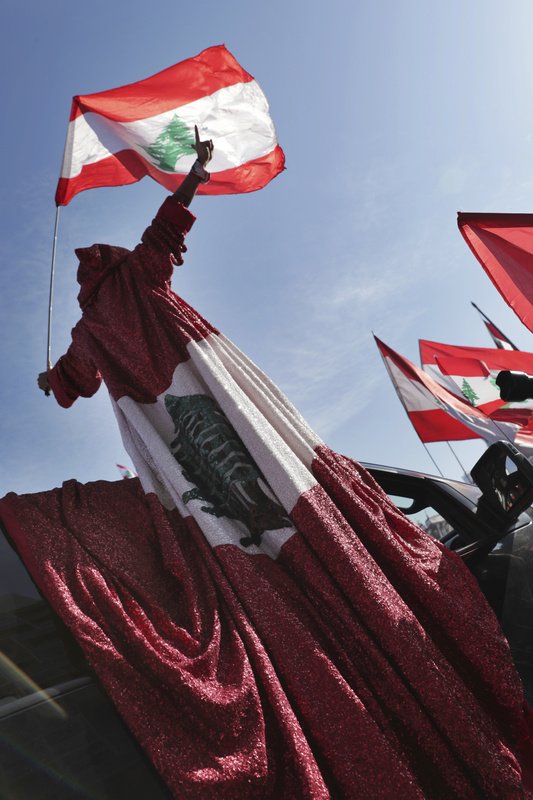
Peak participation. Up to one million people on October 21.
The spark. New taxes on internet-based calls, including through WhatsApp.
The stakes. Many saw lapses in basic services as evidence of the sectarian political system’s flaws. Protesters want complete political reform, with a new technocratic government and an investigation into corruption. They have also directed their anger toward Hezbollah, the Iran-backed Shia political party and militant group, for serving as Tehran’s proxy in Beirut.

The status. The WhatsApp tax was quickly dropped. Prime Minister Saad Hariri proposed economic reforms, including halving the salaries of parliament members, but protesters said they were not enough. Hariri and his cabinet resigned in late October; a new government has yet to form.
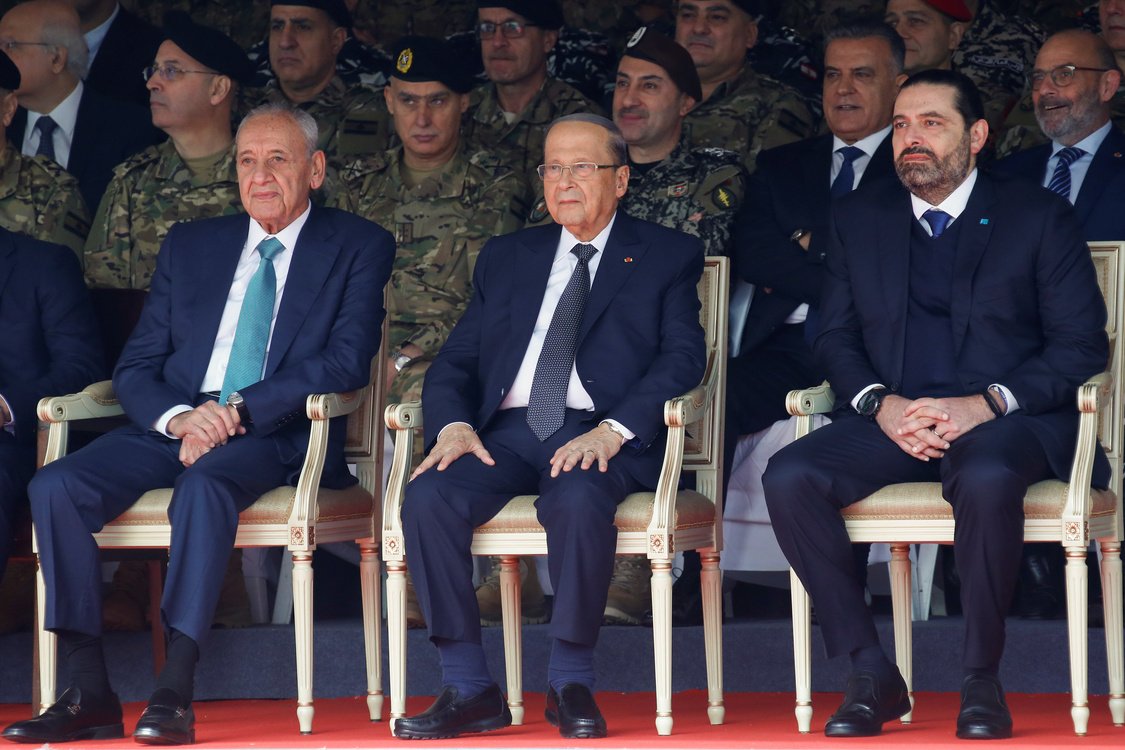
Chile: Outrage and Inequality

Peak participation. 1.2 million people on October 25.
The spark. An increase in public transportation fares.
The stakes. Chile is one of the worst countries for wealth inequality in the world; many citizens are frustrated with low wages, unaffordable housing, and an education system that leaves poorer students in debt. The protests could mean major changes for the country, as protesters demand economic reforms, a new constitution, and President Sebastian Pinera’s resignation.

The status. Pinera initially sent troops to the streets. He later reversed the fare hike and announced some reforms, including increasing the minimum wage and raising taxes on the wealthy, but the protests continue. Pinera was forced to pull Chile out as the host of an Asia-Pacific Economic Cooperation forum in November and a major UN climate conference the following month. More than two dozen people have died, and six thousand people have been detained. Lawmakers agreed to hold a countrywide referendum in April 2020 on whether to rewrite the constitution.
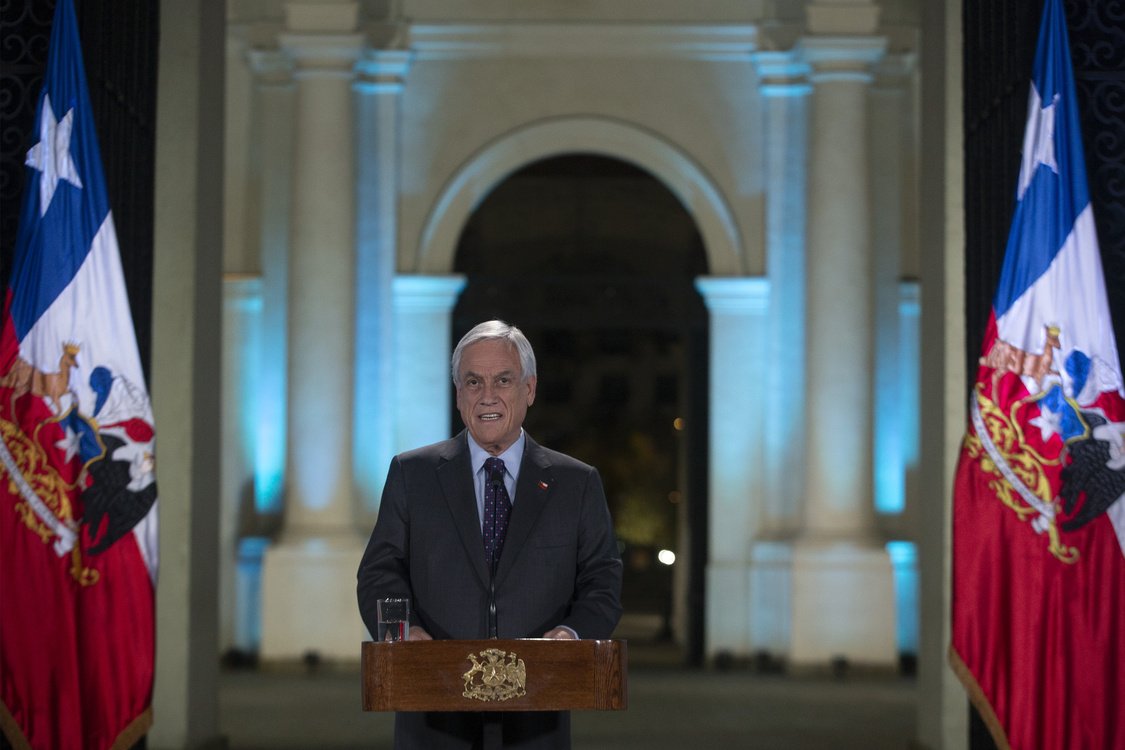
“The immediate trigger—the equivalent of a four cent rise in metro fare—struck a nerve among many Chileans, who say income growth has not kept pace with rising education, housing, and health-care costs.” —CFR In Brief
Haiti: Economy in Peril

Peak participation. Tens of thousands of people on October 13.
The spark. A shortage of fuel and food.
The stakes. President Jovenel Moise promised to boost Haiti’s economy, which is the poorest in the Western Hemisphere, and improve conditions for poor and working-class Haitians when he took office in 2017. But the country has continued to suffer from rising inflation, and its economic crisis worsened after the collapse of an oil-purchasing program with Venezuela. The protests, which intensified in September, threaten to plunge the country deeper into crisis. The opposition group leading the protests is calling for the removal of Moise and parliament members, arguing that they pocketed billions of dollars meant for development.

The status. Opposition leaders created a committee to establish a transitional government, but Moise has refused to step down. Shortages of food and fuel are still widespread. UN agencies estimate that ongoing unrest has left some 3.7 million people suffering from food insecurity, and experts warn that the humanitarian crisis is likely to get worse.
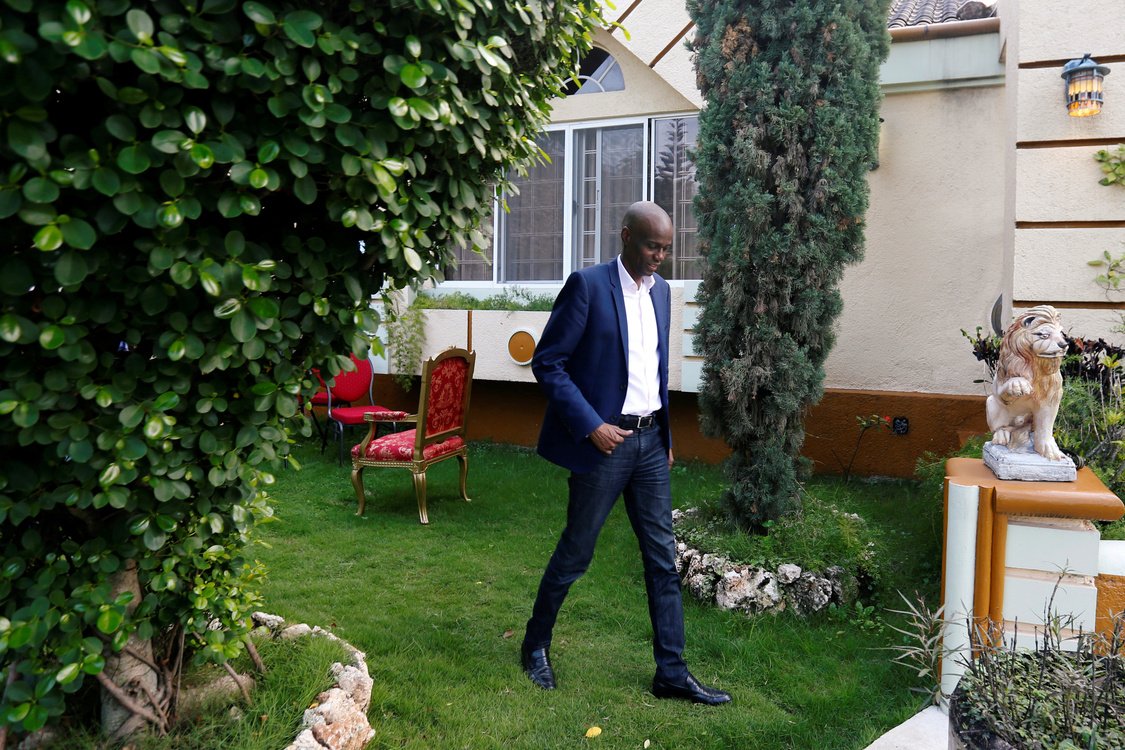
“So far, Moise has refused to budge, though some of his allies have pressed him to make concessions, such as bringing members of the opposition into his government. Even if he did step down, the struggle to replace him could be equally chaotic.” —CFR In Brief
Bolivia: Morales’s Overreach

Peak participation. One hundred thousand people on October 21.
The spark. Accusations of fraud in the presidential election.
The stakes. Protesters argued that President Evo Morales’s fourth bid for office was unconstitutional, and the Organization of American States found that the October election was manipulated in his favor. The country’s first indigenous leader and known for his leftist policies, Morales had held office since 2005. But amid the protests, he resigned and fled to Mexico, setting the stage for a test of Bolivia’s democracy. His resignation has heightened polarization between indigenous, socialist supporters of Morales and religious-conservative opposition groups.

The status. After Morales resigned, opposition leader Jeanine Anez Chavez declared herself interim president. But clashes between Morales’s predominantly indigenous supporters and state security forces have intensified, and dozens of people have died. Morales has called his exit a coup and said he is ready to return to Bolivia, even though Anez has barred him from running in a new election, which is supposed to be held within three months.
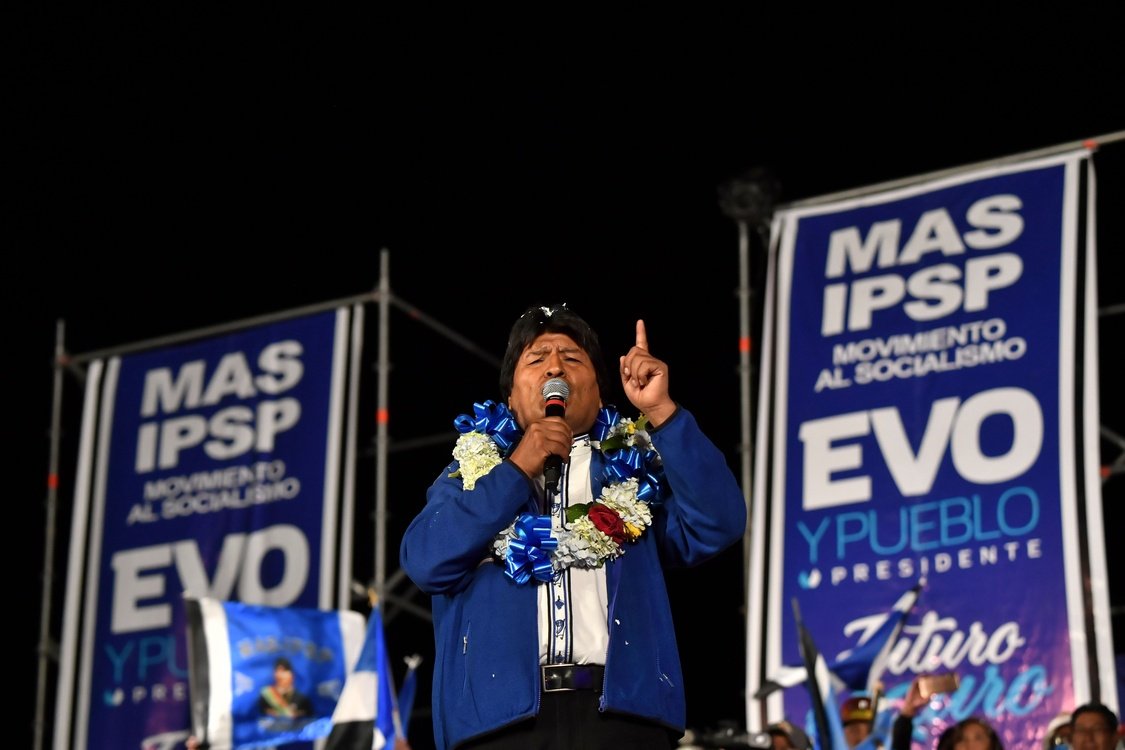
“Reinstating democratic processes will be a top priority to placate protesters, and Anez has just ninety days to organize a new presidential election. The goodwill of the military’s rank and file will go a long way in helping Bolivia’s next president establish order.” —Paul J. Angelo, Fellow
Iraq: Baghdad’s Power Outage
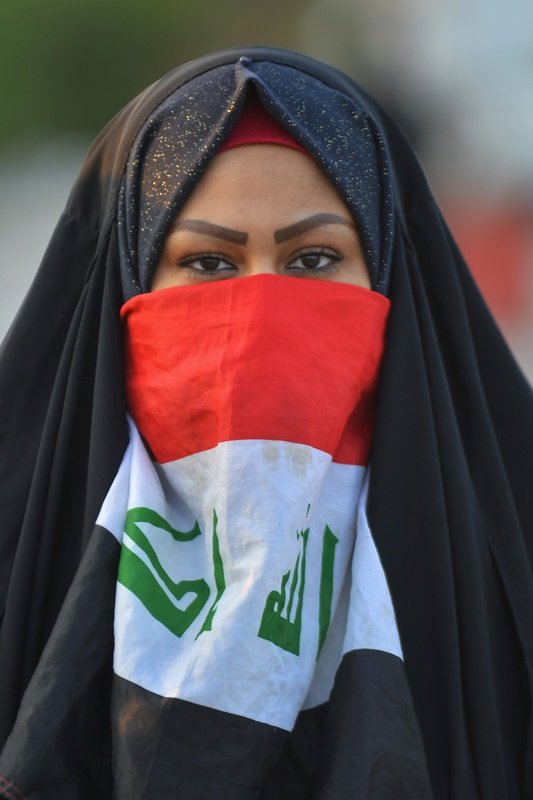
Peak participation. Tens of thousands of people on October 29.
The spark. The government’s insufficient response to economic inequality and a lack of job opportunities.
The stakes. Many Iraqis are frustrated with the government’s failure to provide basic services such as electricity, and they say that elites spend the country’s significant oil revenues on themselves, with half of the government budget going toward paying bureaucrats’ salaries. Protesters demand an overhaul of the political system, testing whether the fragile country can implement democratic change. They have also rejected Iranian influence in Iraq’s politics.

The status. Security forces have responded overwhelmingly with violence. More than four hundred people have died and thousands more injured since protests began. In late November, Prime Minister Adel Abdul-Mahdi resigned, but protesters have demanded more, including early elections and accountability for government corruption and violence by security forces.
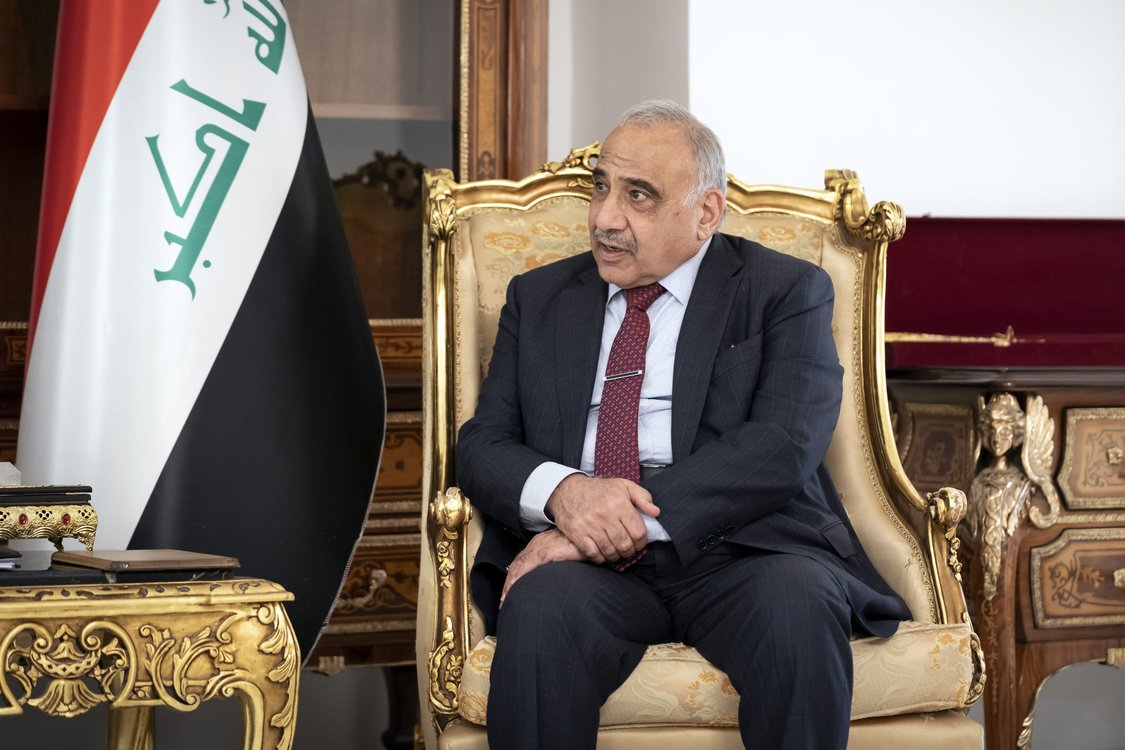
“The only way protesters will get what they want is if Iraq’s ruling elite perceives it to be more dangerous to ignore their demands or to make only cosmetic changes—as they have done so far—than to enact the dramatic and difficult reforms needed to galvanize the private sector economy.” —Max Boot, Senior Fellow
Iran: A Brutal Crackdown
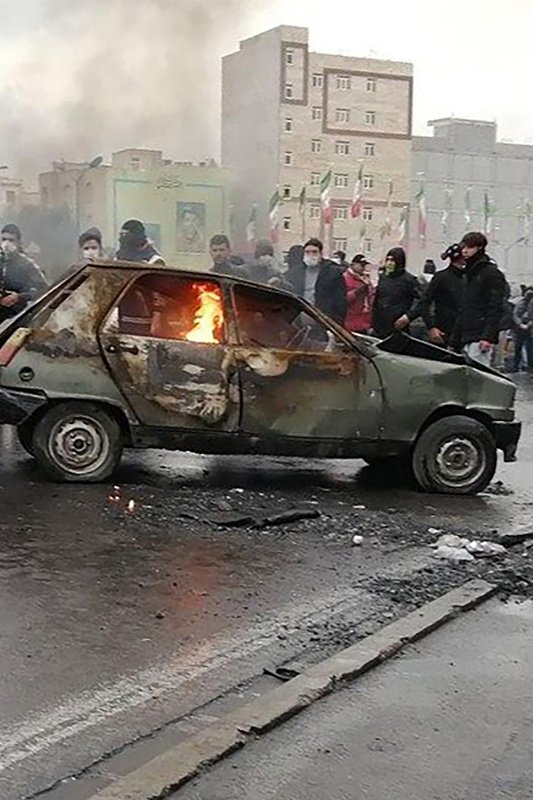
Peak participation. Thousands of people in mid-November.
The spark. An end to fuel subsidies.
The stakes. The regime is attempting to weather stepped-up U.S. sanctions while avoiding popular revolt. Ongoing economic problems, including high inflation and unemployment, were exacerbated by the collapse of the 2015 nuclear deal this year as Washington reapplied sanctions. The higher fuel prices were introduced on a late Friday night in November without warning, and protests led by low-income and working-class residents erupted in dozens of cities and towns.

The status. President Hassan Rouhani said the government would compensate many Iranians for the increased fuel prices. Meanwhile, security forces quickly quashed the protests, reportedly killing more than two hundred people, detaining nearly seven thousand, and shutting down the internet for days. The country’s supreme leader, Ali Khamenei, said the crackdown was justified.

“The Iranian government might gain control of the streets once again, as has happened in the past. But the latest demonstrations reveal an uncomfortable truth for the regime: that the Islamic Republic is increasingly a government without supporters.” —Ray Takeyh, Senior Fellow
 Online Store
Online Store